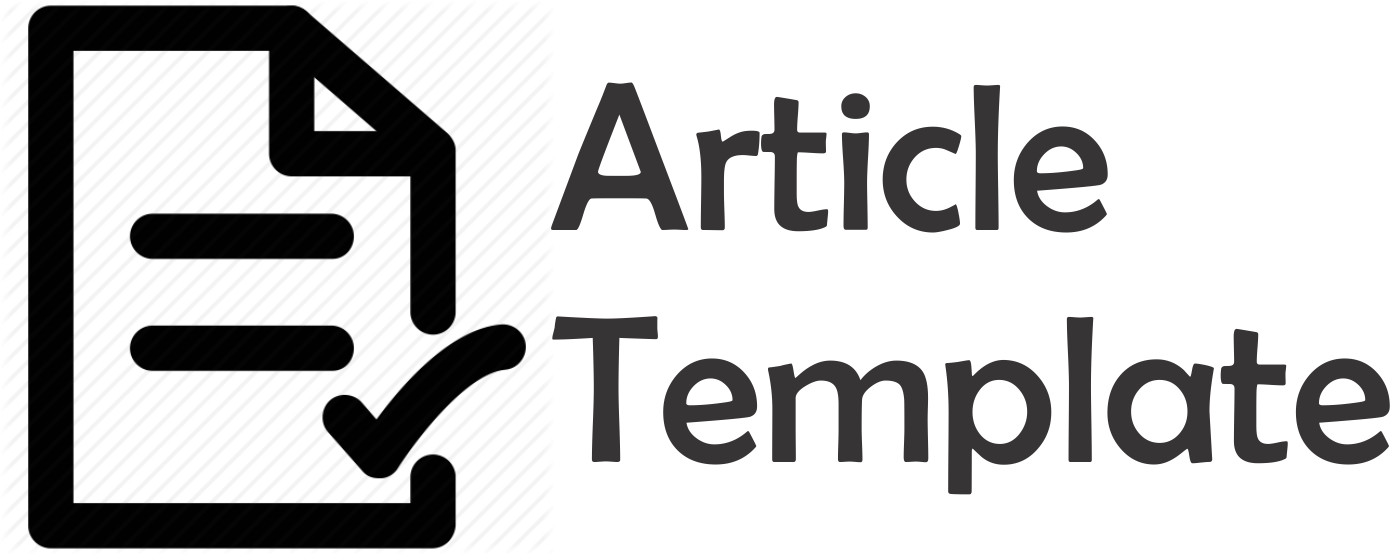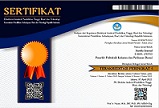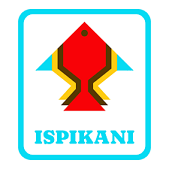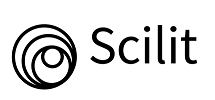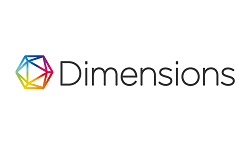OPTIMIZATION OF FISHING SHIP IN MANGGARAI BARAT REGENCY NUSA TENGGARA TIMUR
Abstract
To realize efficient, sustainable and sustainable use of capture fisheries, it is necessary to regulate the optimum number of fishing facilities or vessels. The purpose of this study is to calculate the optimum allocation of selected fishing vessels. Optimum allocation of fishing vessels of choice or priority to types of superior fish resources based on the maximum allowable potential. The analytical method used to calculate the optimization of fishing vessels using Linear Goal Programming (LGP) analysis. Linear Goal Programming (LGP) analysis is used to analyze the dynamics of capture fisheries management which is focused on the optimum allocation of the needs of existing fishing vessels. Linear Goal Programming (LGP) analysis is used to analyze the dynamics of capture fisheries management which is focused on the optimum allocation of the needs of existing fishing vessels. The optimal allocation of fishing vessels to catch Grouper, Snapper and Mackerel is fishing gear (X4) with a size of <5 GT, an allocation of 1,201 vessels per year. To catch the kite and cob commodities, three types of fishing gear were allocated, namely ring purseseine (X1) as many as 10 vessels with a size of 10-15 GT, an allocation of 10 vessels per year, a lift net (X2) with a size <5 GT, an allocation of 150 vessels per year. and gill nets (X3) with a size of <5 GT with an allocation of 100 vessels per year.
Keywords
Full Text:
PDFReferences
[WWF-Indonesia] Word Wide Fund for Natur Indonesia. (2016). Laporan Penilaian Performa Pengelolaan Perikanan Tangkap dengan Indikator EAFM Kabupaten Manggarai Barat Provinsi Nusa Tenggara Timur; Labuan Bajo. Hlm 48.
Anis, Chairi, & Ghozali, I. (2007). Teori Akuntansi, Edisi Ketiga. Universitas Diponegoro. Hlm 115.
Chowdary & Slomp. (2002). Production Planning Under Dynamic Product Environment. A Multi-Objective Goal Programming Approach. 234page.
DKPP Manggarai Barat. (2022). Laporan. "Produksi Perikanan Tangkap Kabupaten Manggarai Barat Tahun 2021" Labuan Bajo. Manggarai Barat. 124Hlm.
Jaya, I. (2022). Artikel "Penangkapan Ikan Terukur dan Berkeadilan". 40706.DJPRL KKP Jakarta.[online] diakses dari https://kkp.go.id/djprl/artikel/40706-penangkapan-ikan-terukur-yang-berkeadilan.
Joharis, S. (2017). Strategi Pemanfaatan Sumberdaya Ikan Pelagis Kecil di Perairan Pelabuhan Ratu. Tesis. Bogor: Institut Pertanian Bogor. 65 Hlm.
Radarwati, S. (2010). Pengelolaan Perikanan Tangkap Berkelanjutan di Perairan Jakarta Provinsi DKI Jakarta. Disertasi. Bogor: Institut Pertanian Bogor. 271 Hlm.
Sadir, A.E. (2020). Strategi Pengelolaan Perikanan Tangkap Skala Kecil di kabupaten Manggarai Barat. Tesis. Jakarta: Politeknik AUP Jakarta. 120 Hlm.
Sadir, E.A., Nainggolan,C., & Sutisna, D.H. (2020) Analisis Potensi dan Tingkat Pemanfaatan Sumberdaya Ikan Unggulan di Kabupaten Manggarai Barat. Airaha 9(1) 029-035.
Sugiyono. (2016). Metode Penelitian Kuantitatif, Kualitatif dan R&D. Bandung: Alfabeta. 98Hlm.
Sutisna, D.H. (2009). Model Pengembangan Perikanan Tangkap di Pantai Selatan Provinsi Jawa Barat. Disertasi. Bogor: Institut Pertanian Bogor (IPB). 180 Hlm.
DOI: http://dx.doi.org/10.15578/aj.v5i1.11624
Refbacks
- There are currently no refbacks.
Citation
Pusat Penelitian dan Pengabdian Kepada Masyarakat
Politeknik Kelautan dan Perikanan Dumai
Jl. Wan Amir No. 1, Kel. Pangkalan Sesai, Kec. Dumai Barat, Kota Dumai
Telp/Fax: (0765) 4300443
This work is licensed under a Creative Commons Attribution-ShareAlike 4.0 International License.
View My Stats
